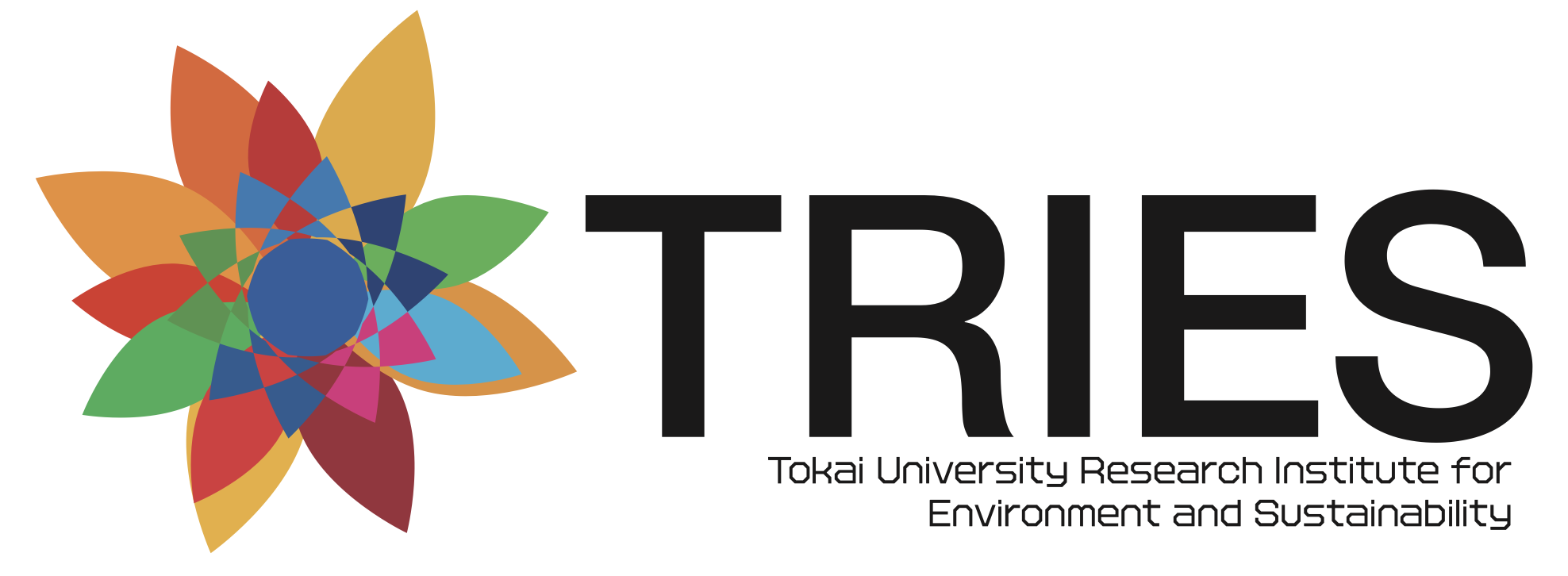Role of Green Bonds in Renewable Energy Development in Japan*
12/15 2023
Author: Farhad Taghizadeh-Hesary
* Taghizadeh-Hesary F., Phoumin H., and Rasoulinezhad H., (2023). Assessment of role of green bond in renewable energy resource development in Japan, Resources Policy, 80, 103272, https://doi.org/10.1016/j.resourpol.2022.103272
The mainstream literature advocates for the use of innovative financing tools to mitigate risks associated with green projects to enhance private investor involvement (Tu et al. (2020); Bhutta et al. (2022); Rasoulinezhad and Taghizadeh-Hesary (2022)). Green bonds have proven to be an effective means for encouraging private capital participation in green projects, thus fostering economic prosperity and sustainable development.
Teti et al. (2022) demonstrated that the issuance of green bonds positively influences a country's economic activities by attracting capital and advancing green energy projects. Similarly, Guo and Zhou (2021) assert that green bond issuance ensures ample capital for sustainable growth in both China and the US.
Taghizadeh-Hesary et al. (2023) investigated the interplay between issued green bonds, geopolitical risk, and energy prices, with a focus on Japan as a case study. This policy review is extracted from their study.
With a green bond strategy developed over the last decade and a substantial value of issued green bonds in 2021 (approximately 1.87 trillion Japanese Yen), Japan underscores its commitment to green investment. Additionally, Japan's long-term decarbonization strategies, such as the Net-Zero Roadmap and Basic Energy Plan 2030, emphasize the pivotal role of new green financing tools in achieving sustainability goals. Japan's proactive stance in green energy development dates back to the early 1990s when environmental concerns and energy transition gained prominence in academia and government.
2.Major findings
Given the contentious nature of climate change challenges, it is imperative for countries to prioritize the development of green energy consumption. This necessitates advancements in green financing, geopolitical security, and economic resilience. Taghizadeh-Hesary et al. (2023) examined Japan, a developed Asian economy committed to carbon neutrality and a leader in green financing. They utilized the Autoregressive Distributed Lag (ARDL) model to study the interplay between renewable energy development, green bonds, geopolitical risk, and energy prices. Through unit root tests and short- and long-term estimations, they employed a Vector Error-Correction Model (VECM) approach to scrutinize the relationships. Empirical findings yielded the following conclusions:
I. Wind Energy:
Long-term impacts: Green bonds, energy prices, and GDP per capita positively influence wind energy consumption, while geopolitical risk disrupts long-term development. Short-term impacts: Earlier periods affect wind energy consumption; green bonds lack statistically significant short-term impact, energy prices positively influence, and geopolitical risk has a larger impact in the long term than the short-term.
II. Solar Energy:
Long-term impacts: Green bonds, energy prices, and GDP positively impact solar energy consumption, while geopolitical risk negatively influences it. Green bonds are highly influential. Short-term impacts: Lagged values positively impact current solar energy consumption; GDP positively influences, while geopolitical risk and energy prices lack significant short-term impacts.
III. Hydro Energy:
Long-term impacts: Green bonds have the largest impact, while geopolitical risk negatively influences hydro-energy consumption. All variables, except inflation, have significant impacts. Short-term impacts: Lagged values lack significant effects; green bonds positively influence, and lagged inflation negatively impacts hydro-energy consumption.
IV. General Conclusion:
Unidirectional causal relationships can be identified, extending from green bonds and geopolitical stability to wind, solar, and hydro energy consumption. Simultaneously, a bidirectional linkage is evident between energy prices and the consumption of green energy in Japan. Recognized as indispensable tools for advancing the development of green energy projects in Japan, green bonds play a pivotal role. Consequently, there is a pressing need to formulate and implement policies aimed at fostering and amplifying the issuance of green bonds to further propel the growth of sustainable energy in the country.
3. Practical policies
Based on their findings, strategic policies can be recommended for Japan's green energy sector. In 2019, Japan focused on solar and hydro energy over wind power due to geographical factors, contributing to 8% of its electricity. Plans involve a significant investment of over $100 billion in solar and hydro by 2030 (Future Power Technology, 2020). While wind power is gaining attention, with initiatives like the Akita Project, more emphasis on green financing is urged for wind energy projects to maximize benefits.
In the current era, a practical policy for Japan and other nations involves embracing digital green financing. The pandemic has shifted economic activities to digital platforms, offering advantages such as accessibility, transparency, and borderless transactions. Enhancing digital green financing can capitalize on these benefits for both the host country and global investors.
Addressing risks and interest rates in low-yield green projects, Japan should consider specialized support packages for green bonds to attract more investors. Achieving green economic recovery is crucial for Japan's sustainability goals, activating green initiatives across various economic sectors.
Reference:
Bhutta, U.S., Tariq, A., Farrukh, M., Raza, A., Iqbal, M.K., 2022. Green bonds for sustainable development: Review of literature on development and impact of green bonds. Technological Forecasting and Social Change. 175, 121378.
Guo, D., Zhou, P., 2021. Green bonds as hedging assets before and after COVID: A comparative study between the US and China. Energy Economics. 104, 105696. doi: https://doi.org/10.1016/j.eneco.2021.105696
Tu, C.A., Rasoulinezhad, E., Sarker, T., 2020. Investigating solutions for the development of a green bond market: Evidence from analytic hierarchy process. Finance Research Letters. 34, 101457
Rasoulinezhad, E., Taghizadeh-Hesary, F., 2022. Role of green finance in improving energy efficiency and renewable energy development. Energy Efficiency. 15, 14. doi: https://doi.org/10.1007/s12053-022-10021-4 .
Taghizadeh-Hesary F., Phoumin H., and Rasoulinezhad H., (2023). Assessment of role of green bond in renewable energy resource development in Japan, Resources Policy, 80, 103272, doi: https://doi.org/10.1016/j.resourpol.2022.103272
Teti, E., Baraglia, I., Dallocchio, M., Mariani, G., 2022. The green bonds: Empirical evidence and implications for sustainability. Journal of Cleaner Production. 366, 132784. doi: https://doi.org/10.1016/j.jclepro.2022.132784 .
